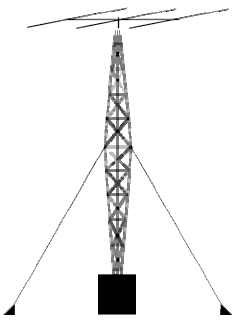Could we soon see governments licensing the use of 3D printers?
The printing of physical 3D objects from digital templates is becoming cheaper and more sophisticated. 3D printing uses an additive manufacturing technique to build up layer by layer from the bottom up.
3D Printing allows designers to create both everyday and complicated objects that in some instances would be impossible to make. There is currently a limited range of objects that can be printed, but already cars, bikes, houses, prosthetic limbs, keys and guns have all been printed. As a backup you can have 3D printers to print more 3D printers.
http://usa.chinadaily.com.cn says that “One example of how 3D printing has influenced the arms industry is that, after the technology was used to make guns, they became more easily available. So countries have to take every possible measure to ensure that criminal gangs don't get access to the technology, because they can wreak havoc in society. Though China has a strict gun-control policy, the fact is that implementing the policy would become very difficult if it is easy for people to download gun designs and forge them with the help of 3D printing technology.”
The New Scientist talks of the US army's Rapid Equipping Force (REF). It has put together three mobile laboratories in 6-metre-long shipping containers. Each lab comes with tools such as plasma cutters and jigsaws, a 3D printer that prints in plastic or metal and a scientist and engineer to run them. The labs, which cost about $2.8 million, can be picked up by helicopter and set down just about anywhere. When the 54 °C heat in Afghanistan was playing havoc with the batteries in a ground-penetrating radar system used to search for mines, soldiers used a 3D printer to make a shielding case to protect them. Interestingly, printing weapons is not on the agenda, although fixing them might be.
In another issue of the New Scientist "HaveBlue", a member of the AR15.com gun enthusiast forum, which is named after a common semi-automatic rifle, claims to have carried out the first successful test-firing of a 3D-printed gun.
HaveBlue did not print an entire gun but only a part called the lower receiver, which serves as a frame for the other components of the gun. This component is the only gun part regulated for sale under US law and as such must carry a serial number - unless it's made by a private individual for their personal use, so HaveBlue is not breaking any laws. See also 3-D Printed Gun Only Lasts 6 Shots. (Also video here) at Wired.com Danger Room.
In a further article it is shown how High-security police handcuffs can be opened with keys made by 3D printing.
What other items could be made by 3D printing and what could the consequences be? I did touch on 3D printing in my book Cold Suspenders, but in the story the printer can only be purchased with a specific government ID card. Could this become a reality?
On a lighter note, an IET journalist sampled some printed food, and she says we might find ourselves traipsing into our kitchen, turning on our 3D food printer, and printing out our favourite dinner.
See also Climate Conversations - Could 3D printing be a climate revolution?
3D printing and the future of warfare.
3D printing: Second industrial revolution is under way.

.jpg/740px-Exploding_landmine_(16958280).jpg)


































